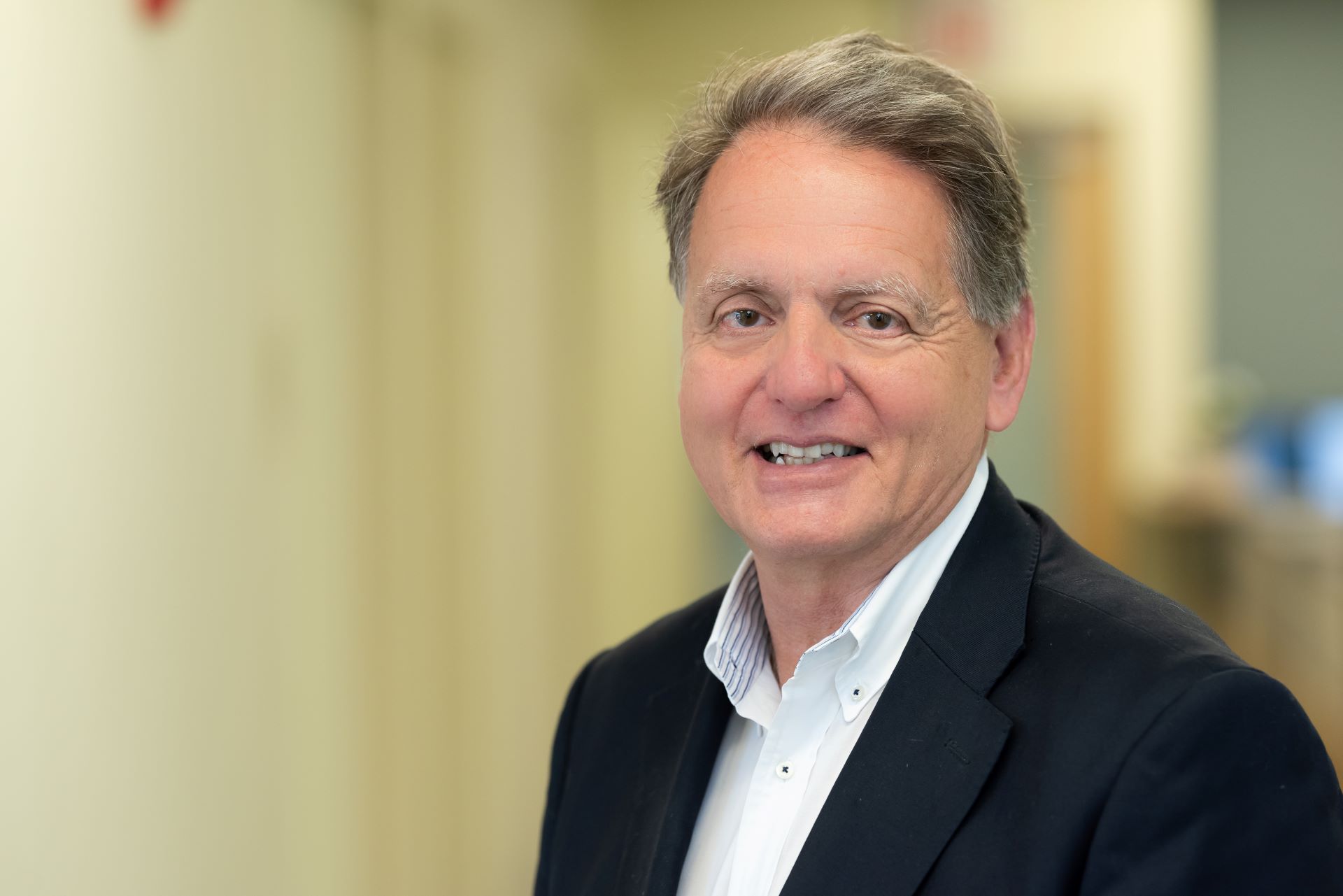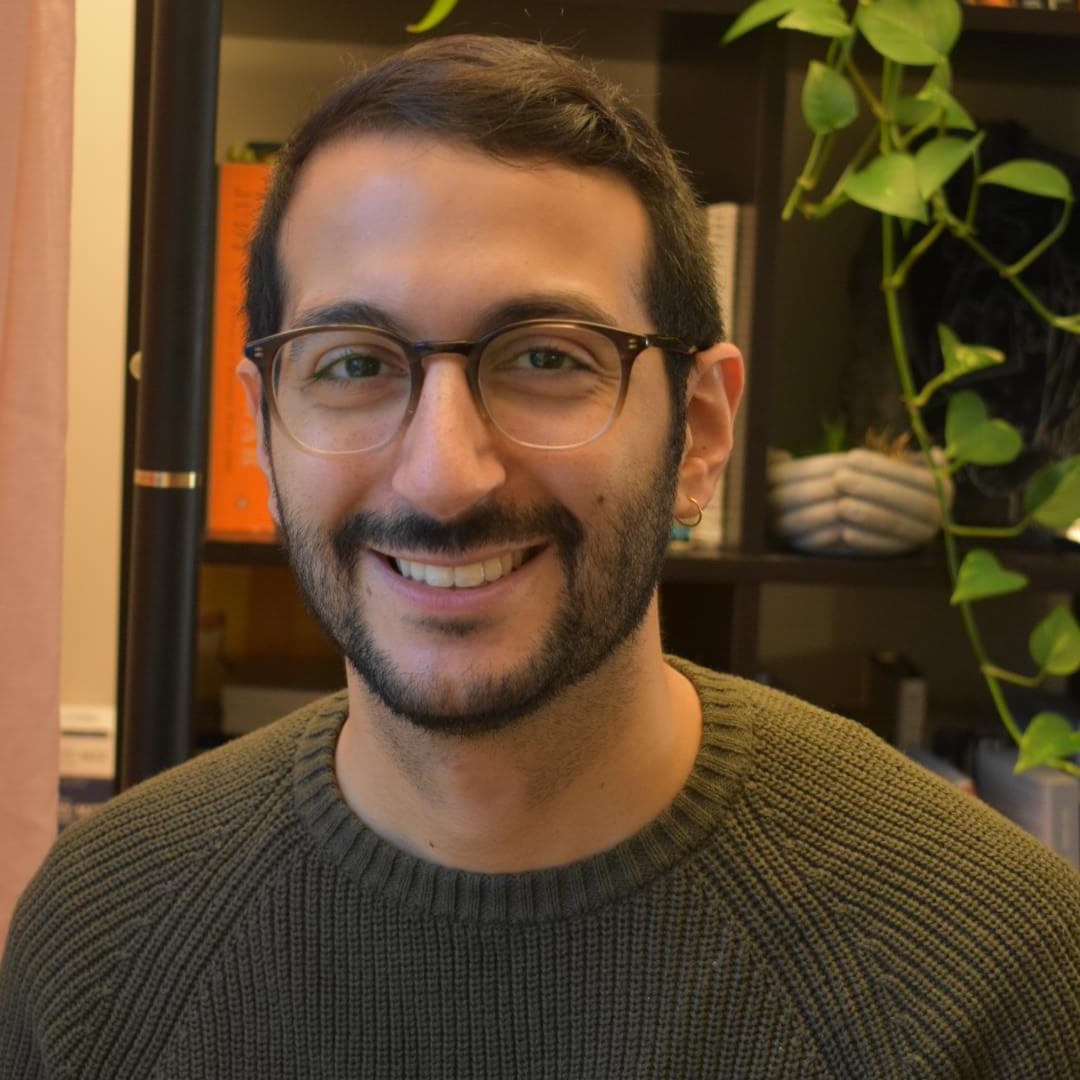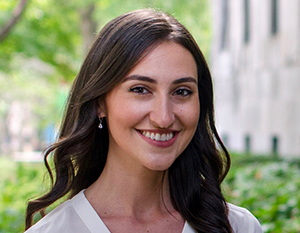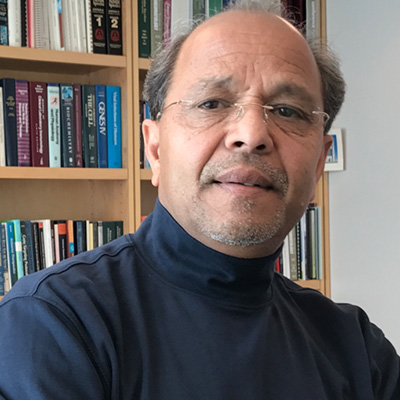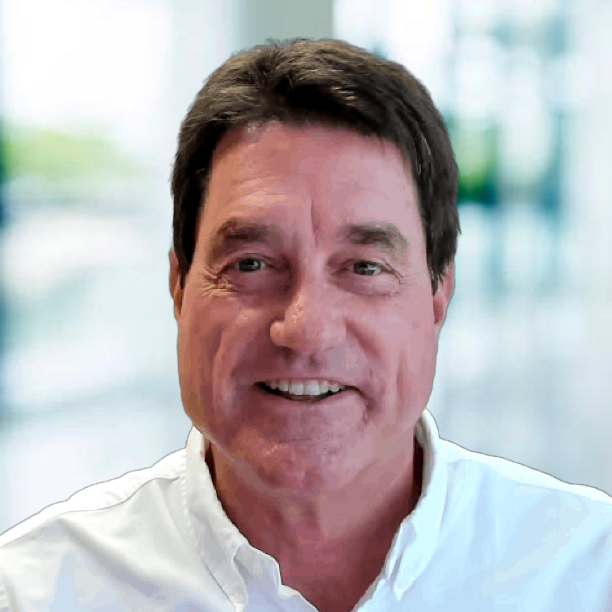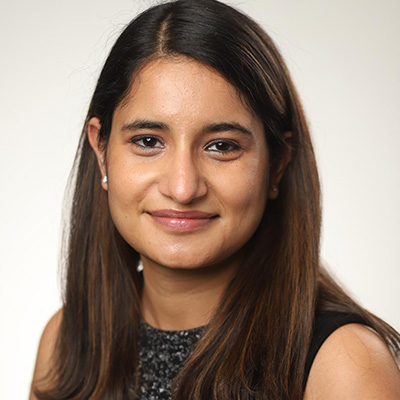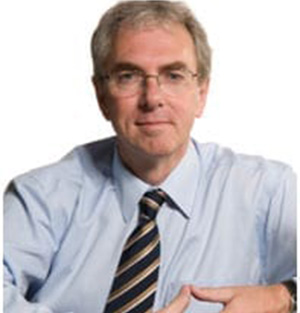
Looking for something?

Professor J George Dickson
Chair of Molecular Cell Biology, School of Biological Sciences
Royal Holloway – University of London, Egham, Surrey, TW20 0EX, UK.
Dickson Web site
How did you become interested in the field of oligonucleotides?
I have worked for many years on Duchenne muscular dystrophy (DMD). When Ryszard Cole first described the phenomenon of antisense modulation of pre-mRNA splicing in the early 90’s, I quickly realised the potential for DMD. In collaboration with Mano Manoharan who was then at ISIS, we were one of the first groups to describe the phenomenon of antisense-mediated exon skipping in the DMD dystrophin gene. This antisense-mediated exon skipping approach is now being developed clinically by several companies and clinical trial groups, including my group in collaboration with the MDEX Consortium here is the UK and with Sarepta Biopharma. Nowadays, beyond DMD, we are applying antisense technology to a range of other neuromuscular diseases.
Who were your early mentors?
My early work in the DMD field was carried out in collaboration with Professors Frank Walsh, Kay Davies, Dominic Wells, Serge Braun and Terry Partridge. More recently we have worked with Professors Francesco Muntoni, Volker Straub, Matthew Wood, Mike Gait, and with colleagues in France at Genethon, the Institute of Myology and the Atlantic Gene Therapy Institute.
How did you become involved in OTS? & Why do you continue to support the OTS?
I have been a member of OTS since its inception and the conferences and the journal are most valuable to me and to my team members.The field of antisense and RNA-targeted therapies using oligonucleotide-based medicinal products is a booming field spanning across common acquired diseases and rare inherited disorders, and across the disciplines of RNA metabolism, genome editing, oligonucleotide chemistry, bioprocessing and pharmaceutical formulation. The field needs and deserves a dedicated society to bring together researchers, clinicians and industry, sharing and accelerating the advance of oligonucleotide therapeutics.
What is special about the type of research/work you’ve done?
My work is targeted to neuromuscular diseases, and the muscular dystrophies in particular, such as Duchenne muscular dystrophy, Facio-scapulo-humeral muscular dystrophy, Oculo-pharyngeal muscular dystrophy. These are all serious, debilitating, and in some case life-threatening muscle wasting diseases which currently have very limited therapeutic options, effectively incurable. Oligonucleotide therapies offer the potential of life-changing treatments for these groups of patients. Already we are seeing exon skipping medicinal products registered in the US and more, are in the pipeline, including several developed by my team.
What do you like to do in your free time?
I love hiking and rambling with friends and family, and being a Scotsman, I am a keen fly fisherman.


